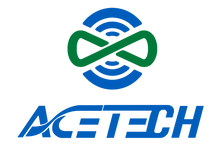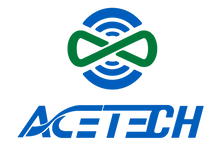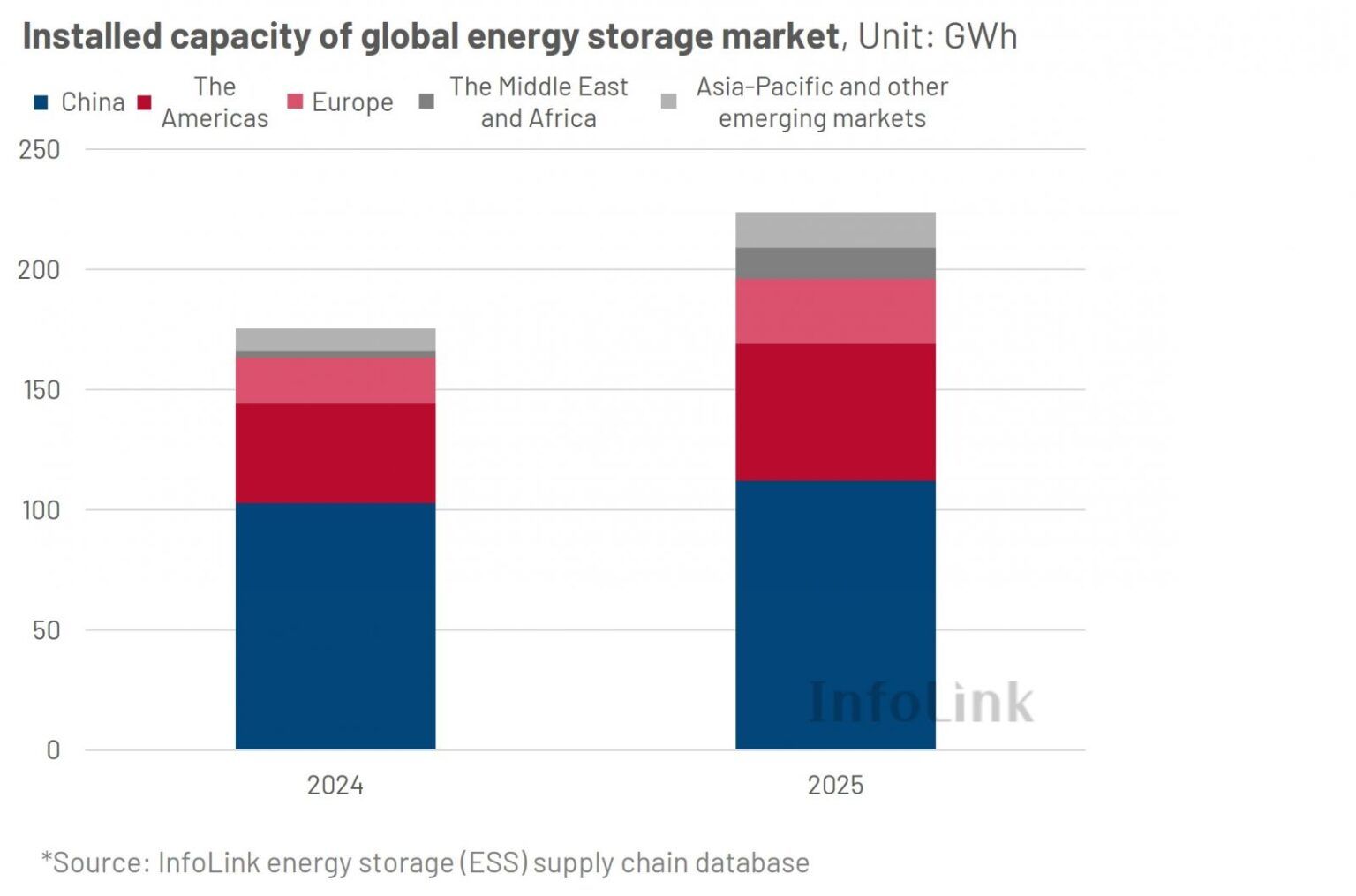
Contact Us
Energy Storage & Peak Shaving in 2025: Save Costs, Boost Reliability
In 2025, energy storage and peak shaving are transforming how businesses manage rising electricity costs and ensure grid reliability. As renewable energy adoption accelerates, these solutions—powered by advanced batteries like ACE Battery’s C&I BESS—are more critical than ever. Whether you’re a business owner aiming to slash energy bills or a utility seeking stability, this guide explores how energy storage and peak shaving work together to deliver savings, reliability, and a greener future. Let’s dive in.
Understanding Energy Storage
Energy storage captures power when it’s abundant and releases it when you need it most. With renewable sources like solar and wind being intermittent, storage is the backbone of modern energy systems. By storing excess energy during times of low demand, energy storage systems allow that energy to be used during peak demand periods, ensuring stability in the grid. By 2025, according to InfoLink' forecast, global storage capacity is projected to hit 300 GWh, driven largely by battery technologies.
Types of Energy Storage
There are various types of energy storage technologies, but the most common include:
- Batteries: These store energy in a chemical form, with lithium-ion batteries being the most widely used today due to their high efficiency and scalability.
- Thermal Storage: This involves storing energy in the form of heat or cold, typically using molten salts or chilled water. These systems are used in large-scale applications like concentrated solar power plants.
- Pumped Hydro Storage: A mature and reliable method, where water is pumped to a higher elevation during off-peak hours and released to generate power when demand is high.
In 2025, the adoption of energy storage technologies continues to grow, driven by their ability to enhance grid reliability and reduce costs. For businesses and industries, batteries—especially lithium-ion—are the go-to choice for flexibility and cost-effectiveness.
The Role of Peak Shaving in Energy Management
What is Peak Shaving?
Peak shaving is the practice of reducing the demand on the electricity grid during peak hours. These peak periods typically occur when energy consumption is at its highest, such as during hot summer afternoons when air conditioning use skyrockets.
By reducing demand during these times, utilities can avoid the need to activate expensive, carbon-intensive “peaker” plants that are only used during these high-demand periods. Energy storage systems make peak shaving possible by storing excess energy during off-peak times and discharging it during peak periods, effectively flattening the demand curve.
Why Peak Shaving Matters for Businesses
For businesses, peak shaving can significantly reduce electricity costs. Utilities often charge higher rates during peak hours, so by reducing consumption during these times, businesses can lower their overall electricity bills. Moreover, it helps to prevent grid overloads and improves the reliability of power, ensuring minimal disruptions.
Benefits of Combining Energy Storage with Peak Shaving
The integration of energy storage with peak shaving offers several key benefits, including cost savings, increased reliability, and sustainability.
Cost Savings
By utilizing energy storage for peak shaving, businesses and utilities can reduce demand charges, which can account for a large portion of electricity costs. In fact, some studies suggest that businesses can save up to 20%-30% on their energy bills by adopting energy storage solutions for peak shaving. These savings come from lowering their reliance on grid power during peak demand and reducing the need to purchase expensive energy from peaker plants.
Increased Reliability
Energy storage systems provide backup power during peak periods, which can enhance grid reliability. According to Department of Energy, in the U.S., power outages cost businesses $150 billion yearly. In regions prone to power outages or high demand fluctuations, energy storage offers an additional layer of protection. When the grid is stressed, the stored energy can be discharged to help stabilize the system and ensure a steady supply of power.
Sustainability
Energy storage plays a crucial role in supporting the transition to clean energy. By enabling better integration of renewable sources like solar and wind, energy storage reduces reliance on fossil fuels and helps lower the overall carbon footprint of energy consumption. Additionally, energy storage allows utilities to shift renewable energy generated during the day (e.g., solar power) to the evening, when demand for electricity peaks.
Best Battery Storage Technologies for Peak Shaving in 2025
When considering energy storage solutions for peak shaving, two of the most commonly used technologies are lithium-ion batteries and flow batteries.
Lithium-Ion Batteries
Lithium-ion batteries are the most widely adopted energy storage technology, particularly in residential and commercial applications. These batteries are highly efficient, have a long lifespan, and are scalable, making them ideal for peak shaving. In addition, they are relatively easy to integrate with renewable energy sources like solar power.
One of the key advantages of lithium-ion batteries is their ability to discharge energy quickly during peak periods, ensuring that the grid remains balanced and demand is met without resorting to expensive peaker plants. For businesses looking for reliable and cost-effective solutions for peak shaving, ACE’s C&I BESS offers a tailored, high-performance solution that ensures your energy needs are met efficiently.
Flow Batteries
Flow batteries are another type of energy storage technology that is gaining traction, especially for larger, utility-scale applications. Unlike lithium-ion batteries, flow batteries store energy in the form of electrolytes that flow through the system. These batteries have a longer lifespan and can be scaled up more easily, but they come at a higher initial cost compared to lithium-ion.
Flow batteries are ideal for applications where energy storage is needed over long periods, such as in grid balancing and large-scale peak shaving operations.
Lithium-Ion vs. Flow Batteries for Peak Shaving
| Feature | Lithium-Ion Batteries | Flow Batteries |
|---|---|---|
| Efficiency | High (90%-95% round-trip efficiency) | Moderate (70%-85% round-trip efficiency) |
| Cost | $200-$400 per kWh (initial); falling with scale | $300-$600 per kWh (higher upfront cost) |
| Lifespan | 10-15 years (or 3,000-5,000 cycles) | 20+ years (or 10,000+ cycles) |
| Discharge Duration | 1-4 hours (fast discharge for short peaks) | 6-12+ hours (longer discharge for extended use) |
| Scalability | Modular; easy to scale capacity | Highly scalable by increasing tank size |
| Maintenance | Low; minimal upkeep needed | Moderate; requires electrolyte management |
| Best Use Case | Commercial & industrial peak shaving (e.g., ACE Battery’s C&I BESS) | Utility-scale peak shaving and grid balancing |
| Advantages | Fast response, compact, cost-effective | Long lifespan, ideal for long-duration storage |
| Drawbacks | Limited discharge duration | Larger footprint, higher initial investment |
Applications of Energy Storage in Peak Shaving
Energy storage is being used in various applications to help manage peak demand:
- Commercial Applications: Businesses, especially those with high energy consumption, use energy storage to shift their energy load. For example, solar storage allows businesses to store energy during the day when solar power generation is high and use that stored energy during the evening peak hours.
- Industrial Applications: Large industrial facilities with high energy needs often employ energy storage systems to reduce their dependence on the grid and optimize energy use during peak times.
- Utility-Scale Applications: Energy storage is increasingly being used at the grid level to store energy generated from renewable sources and release it during high-demand periods. California, for example, has deployed large-scale battery storage systems to help balance grid demand and integrate more renewable energy.
Load Shifting Strategies with Energy Storage
Load shifting is a key strategy used in peak shaving. It involves shifting energy consumption from peak hours to off-peak times. For example, businesses may charge energy storage systems during the night when electricity is cheaper and discharge the energy during the day when demand is high.
A common load shifting strategy is to pair energy storage with solar power. During the day, solar panels generate energy that is stored in batteries. This stored energy can then be discharged during the evening, reducing reliance on the grid and cutting costs.
Challenges in Implementing Energy Storage for Peak Shaving
While the benefits of energy storage and peak shaving are clear, there are challenges to implementation:
- High Upfront Costs: The initial cost of installing energy storage systems, particularly for large-scale applications, can be high. However, the long-term savings often outweigh the initial investment.
- Installation Complexity: Energy storage systems need to be integrated into the existing grid infrastructure, which can be complex and require significant planning.
- Regulatory Hurdles: In some regions, regulations may limit the adoption of energy storage solutions or delay their implementation.
What’s Next in Energy Storage and Peak Shaving for 2025?
Looking ahead, 2025 will likely see advancements in AI optimization, solid-state batteries, and grid modernization. AI will play a critical role in optimizing the performance of energy storage systems, predicting peak demand periods, and improving energy management strategies. Solid-state batteries promise to offer greater efficiency and longer lifespans than current lithium-ion batteries, although they are still in development.
As grid modernization continues, utilities will have greater capabilities to integrate renewable energy sources with energy storage, further enhancing peak shaving and improving grid reliability.
Evaluating Energy Storage Solutions for Peak Shaving
When evaluating energy storage solutions for peak shaving, consider the following factors:
- Capacity: Ensure that the system can meet your energy needs during peak hours.
- Discharge Rate: The energy storage system must be capable of discharging energy quickly during high-demand periods.
- Integration with Renewables: Look for solutions that can integrate seamlessly with solar or wind energy.
- Cost: Consider both the initial installation cost and long-term savings.
Five Tips for Effective Peak Shaving in 2025
To maximize the benefits of peak shaving with energy storage, here are five tips for 2025:
- Monitor Peak Hours: Track peak demand periods to better plan energy storage usage.
- Pair Energy Storage with Solar: Integrate solar power with energy storage to optimize energy consumption throughout the day.
- Invest in AI for Optimization: Use AI technology to optimize when and how energy storage systems discharge energy.
- Scale Up as Needed: As energy needs grow, ensure your energy storage solution can scale with demand.
- Take Advantage of Incentives: Check for government incentives or rebates for installing energy storage systems.
Conclusion
In 2025, energy storage and peak shaving technologies will continue to evolve, offering businesses, utilities, and consumers new ways to reduce costs, enhance grid reliability, and contribute to a more sustainable future. By understanding the benefits and overcoming the challenges, stakeholders can fully leverage energy storage for peak shaving and move toward a cleaner, more efficient energy future.
Ready to reduce your energy costs, improve grid reliability, and take control of your power usage? ACE Battery’s Commercial & Industrial Energy Storage System (C&I BESS) is the ideal solution for businesses looking to optimize peak shaving, integrate renewable energy, and achieve long-term savings.
Contact us now to learn more about how ACE’s cutting-edge technology can transform your energy strategy and help your business thrive in 2025 and beyond. Don’t wait—maximize your energy efficiency and start saving today!
Our expert will reach you out if you have any questions!

